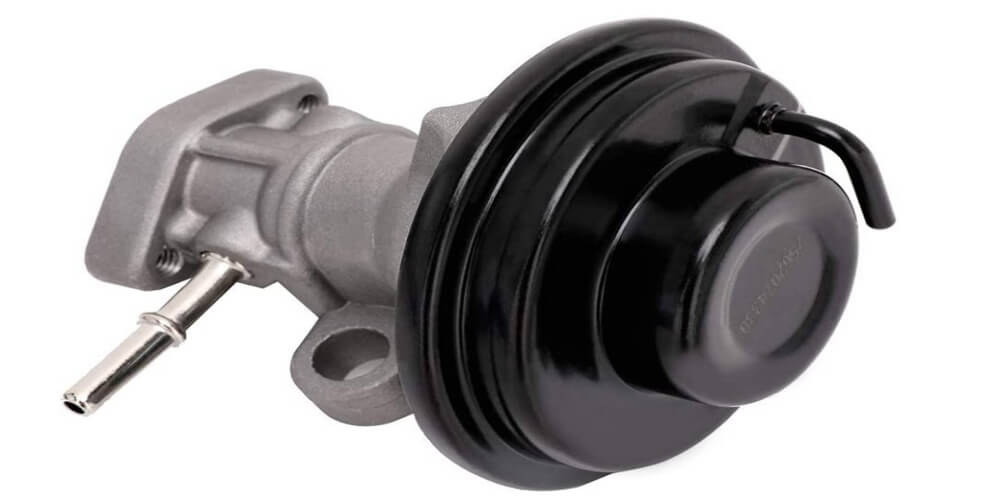Automatic recirculation valves (ARC) are multifaceted valves that ensure flow is controlled in a given direction. They are commonly used in centrifugal pumps. You should note that a centrifugal pump is affected by problems such as overheating and cavitation. Without this type of valve, it can be damaged easily, especially if it runs dry.
ARV Operation
Some parts of the recirculation valve are more sensitive to flow than others. That is also the case with pressure. For instance, the disc ensures there is uniform flow. Thus, you can be guaranteed a consistent and stable performance no matter the pressure of fluid passing through. This is how this type of valve works.
At Full Capacity
In this case, the bypass closes, and process flow reduces. The action can be reversed and increases the flow rate. Ideally, the flow is directed to the bypass element at the lower end of the disc. This is usually controlled by the orifice. The valve eliminates flashing and cavitation. Also, this can be achieved by the valve design and pressure regulator.
Increase in Flow
When there is increased flow, the disc lifts, and the bypass component is closed to limit recirculation flow. As a result, the disc helps to regulate recirculation flow. The good thing about this feature is that it helps to minimize the process flow and recirculation is lower and higher through the centrifugal pump.
No Flow
The bypass component opens, and the disc closes to ensure there is no flow. This is important to protect your pump against the unnecessary operation.
Installation of Automatic Recirculation Valves
It is advisable to install your ARVs on outside part of your centrifugal pump. That is because the design of the layout is dependent on pump design. Ensure your valves get installed on different pumps. Also, the flow direction is labeled on the valve. Equally, you can get valve fabricating details on the nameplate. You should note that the number is unique for every valve. This is important to ensure that only appropriate valves are used. Moreover, the information can help you when buying a spare part.
Before you install your ARV, you should confirm that there is no pressure in the unit. You need to switch off the pumps and all lines cleaned and drained. In addition, isolating valves ought to be closed. This is necessary to avoid backflow. If you are installing an old valve, make sure you clean the rust.
Vertical Installation
There are situations where you need to install your automatic recirculation valve vertically. In this case, you need to use the right tools and equipment. It is advisable to use various straps as you do with horizontal installation.
You may find it quite challenging when installing it directly on the pump outlet. That is because the distance between the inlet and the pump is less than 2 meters. However, if the separating distance is longer, you need to plan the installation by taking into account the design of your ARV. Remember to check your valve if it has welded connections. That is because precision positioning is necessary for welded parts.

